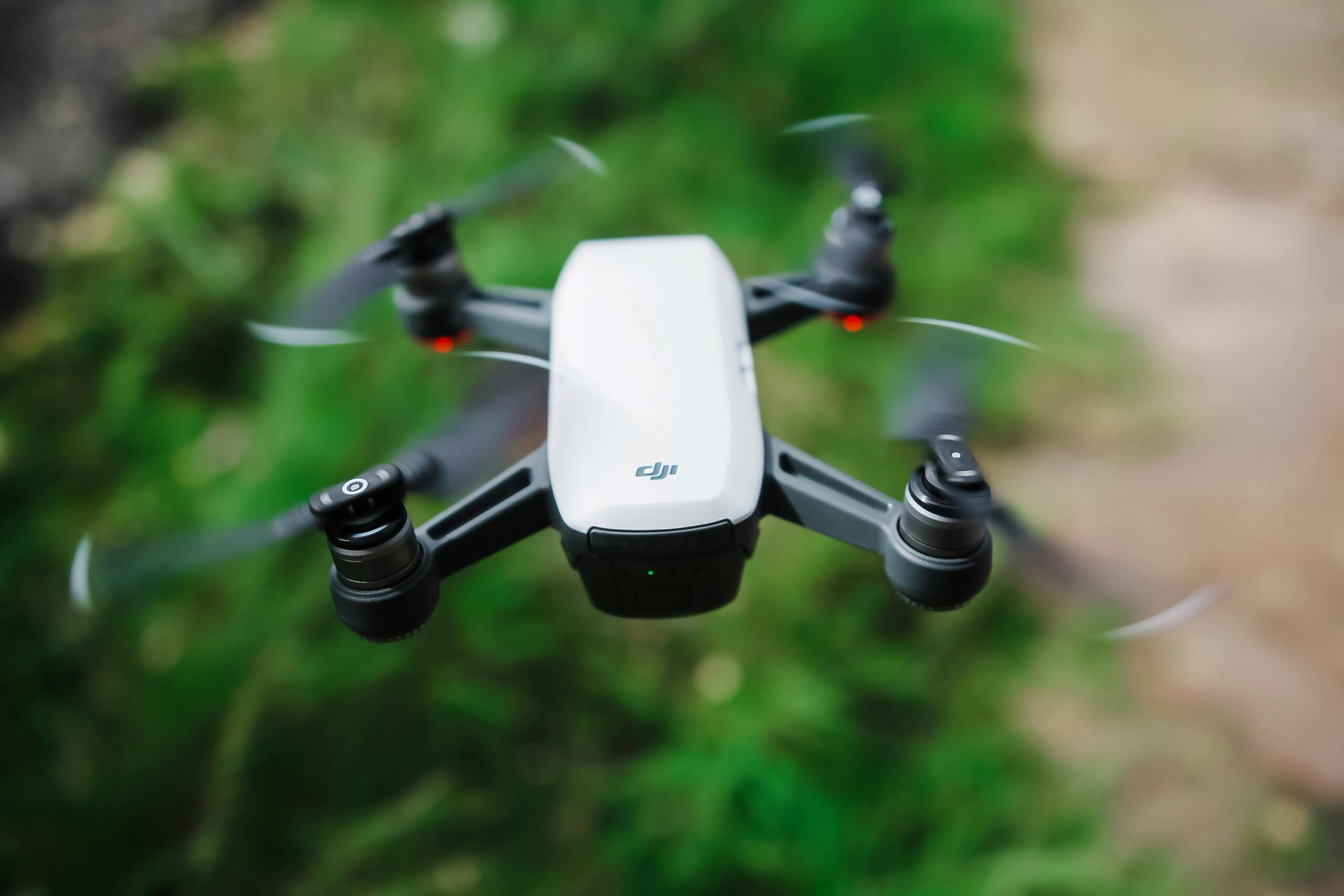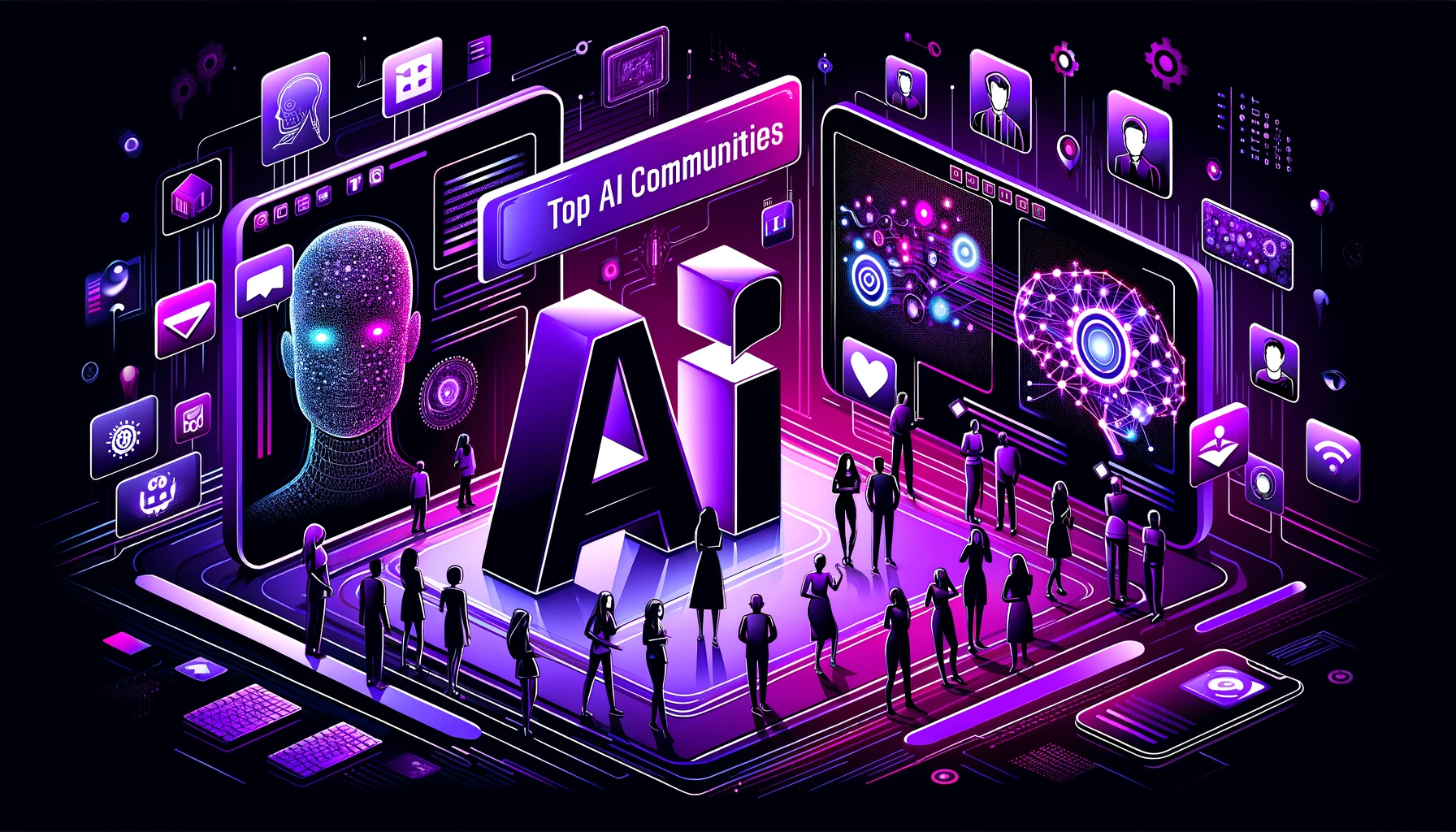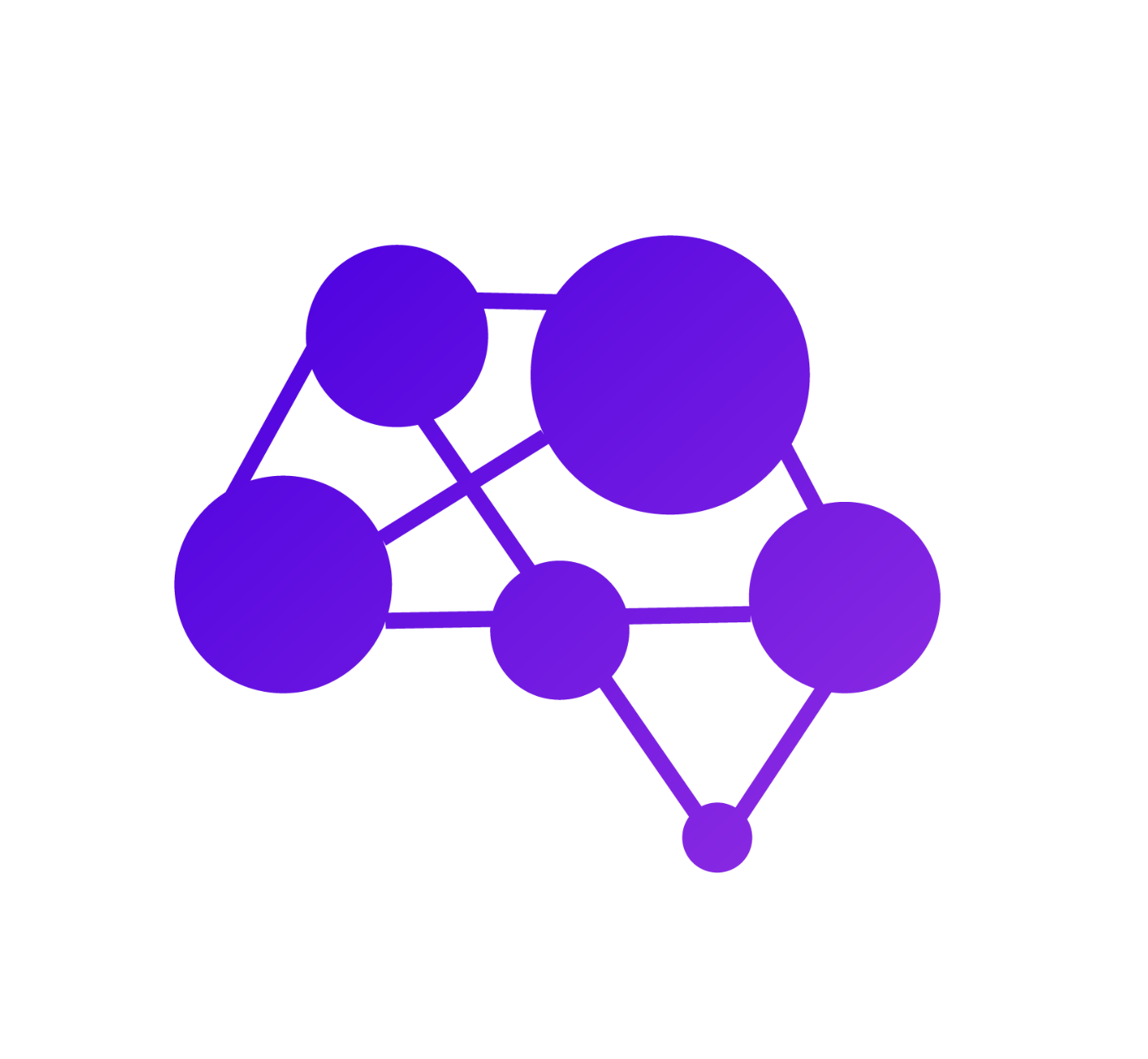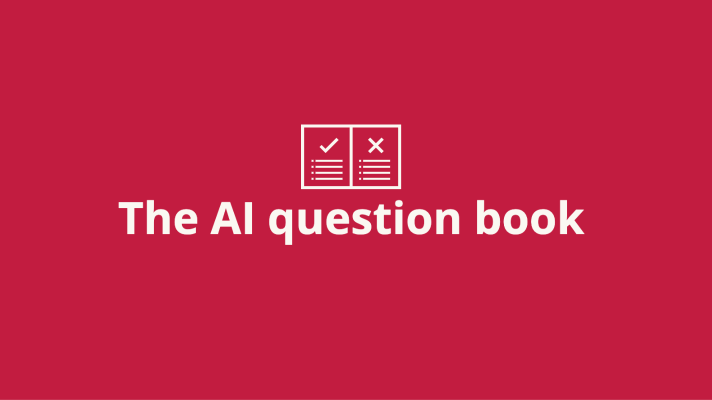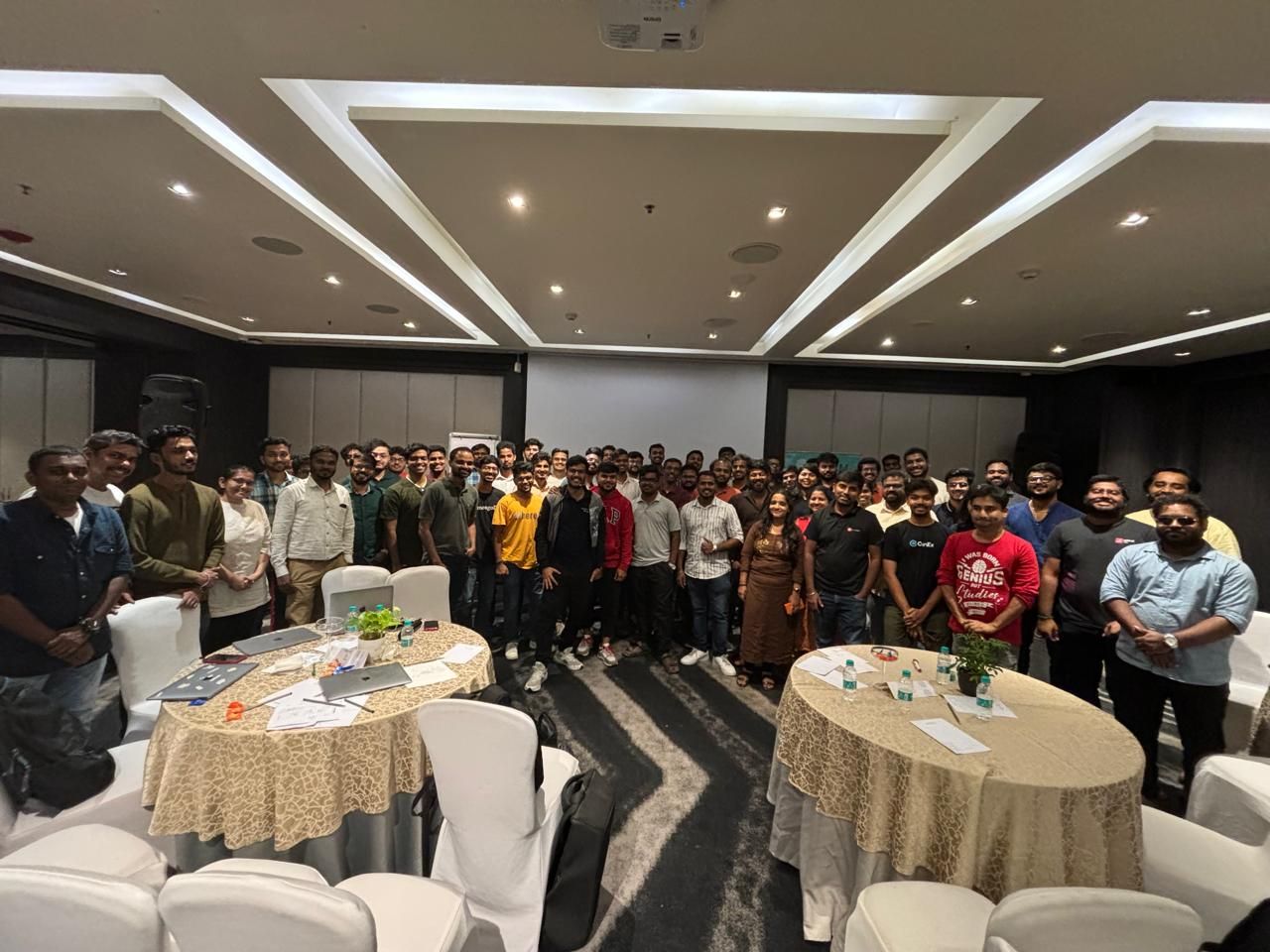Unmanned Aircraft systems, abbreviated as UAS and commonly called drones have been useful in many fields for years now! With AI bringing innovative changes to technology and the way we do things, how has it reshaped the drone industry? Is AI-driven drone technology a theory drawn in papers or has it become an emerging reality for researchers and organizations to leverage?
Besides, what are the major fields where AI drone technology is making a difference and makes work easy? If these are questions that’s been at the end of your mind, then keep reading to find out more!
Connecting the junctures of evolving AI technologies with drone-functioning
Drones are flying devices equipped with payloads that include sensors, GPS systems, programmable controllers, high-resolution cameras, navigation systems, etc., to perform several tasks like surveillance, search and rescue and a lot more.
While drones need a power source like rechargeable battery to keep them in flight and navigation, the advancements in AI and other related technologies have made them more efficient and unleashed their potential in many ways. Some of the most-noteworthy changes AI has brought to the drone industry are as follows:
Employing Computer Vision and Neural Networks for enhanced object detection
Training object detection programs using Machine Learning
For the drones to have seamless navigation in the airspace, its navigation systems must be trained. Here, it’s noteworthy to say that certain machine learning algorithms get used to train them to help them recognize and classify objects from the surroundings. One type of ML algorithm that’s used in helping drones to fly autonomously includes Reinforcement Learning.
AI algorithms like Simultaneous Localization and Mapping (SLAM) help drones to navigate complex environments effortlessly and aid in path planning and route optimization.
For the drones to have seamless navigation in the airspace, its navigation systems must be trained. Here, it’s noteworthy to say that certain machine learning algorithms get used to train them to help them recognize and classify objects from the surroundings. One type of ML algorithm that’s used in helping drones to fly autonomously includes Reinforcement Learning.
AI algorithms like Simultaneous Localization and Mapping (SLAM) help drones to navigate complex environments effortlessly and aid in path planning and route optimization.
Implementing Edge AI for quick decision making
AI-driven drones are built with quick decision making capabilities and tend to process real-time data. Edge AI enables them to do this flawlessly and lead them to recognize and monitor objects, make mapping strategies even in restricted and dangerous areas, tweak flight paths, and make real-time decisions quickly.
AI algorithms for deeper perception of the surroundings
AI algorithms used in drones help them to collate information from LiDAR, cameras, sensors, and other components precisely and arrive at better perception of the surroundings it captures. From interpreting data to making quick decisions based on several real-time factors like distinguishing objects from obstacles, AI algorithms enable autonomous navigation and path planning.
Major fields where AI- driven drones are making a difference!
Agriculture
AI-driven drones are useful in monitoring vast farming fields and help farmers and agriculturists to collect real-time data on several factors like crop health, watering level, soil health, temperature, pests control, etc., driving them to arrive at better farming methods and strategies to do successful farming. From increasing crop yields to paving the way towards a more sustainable and eco-friendly farming, AI-embedded drones are handy in agriculture.
Weather forecasting
Making correct predictions about the day’s weather is a tricky business and needs accurate data. AI-driven drones and drones in general have always been an integral part of collecting the needed data to make weather forecasts. Here the sensors are either fixed on the drones or dropped using dropsondes to collect data.
Therefore, from collecting data on temperature, moisture, air pressure, wind speed, humidity, etc., to deciphering the hidden pattern in the huge expanse of data, drones have the potential to give advanced warning while identifying catastrophic storms, tornado, etc.,
Construction and Maintenance
Every construction site needs inspection and maintenance. AI-driven drones, backed-up by computer vision algorithms are handy in bringing thorough inspection at a construction site. From monitoring bridges, pipelines, and powerlines, etc., From helping maintenance teams to schedule repairs to ensuring safety, drones are proven to be helpful in construction and maintenance.
Delivery services
When it comes to the delivery services implemented in several fields like healthcare, food, ship resupply, etc., AI-driven drones have sparked an array of innovative approaches to do deliveries. For instance, Matternet, a drone logistics company, allows its customers to create and manage their own urban drone networks through their M2 drones and cloud platform.
While this is one of the many stories in the delivery industry where drones are making a difference, drones are already proving their potential in delivering parcels. For example, during the pandemic times of 2019, trials to deliver medical supplies, vaccinations, etc., using drones happened successfully.
Currently, using drones to initiate air delivery of food and parcels has gained the attention of many. From experimenting these ideas through early prototypes to involving in studies and research on its potential, several companies and research communities across the world have taken this into a serious quest.
Security & Surveillance
The applications of surveillance drones are vast and versatile. They help in capturing images and video clips of the area under surveillance and aids security and law enforcement bodies to collect data from a unique and wide perspective. From being smaller in size and agile in action, they help in navigating through any kind of terrain and survey inaccessible areas. For this reason, surveillance drones are highly helpful in wildlife conservation, search and rescue operations, and a lot more.
That said, recently, an ongoing research work, involving researchers from UK and India aims to identify violent behaviour in crowds. With a deep learning algorithm trained to analyze video footage for cues that indicate violent gestures, this algorithm aims to ensure the safety of people. Even though it is an ongoing research and hasn’t been tested in an actual scenario, it’s a giant leap into the potential of surveillance drones in improving public safety!
Military Defense Forces
AI-driven drones in military operations have become one of the most captivating abilities of drones. From helping in reconnaissance to ensuring the safety of military units while they embark on a complex operation, AI-embedded drones have come in handy for several missions. Some of the noteworthy applications of drones in military includes:
- Securing the military perimeters and monitoring the whole area for unknown threats,
- Providing real-time data and analytics from a broader perspective for military strategists to come up with well-drawn plans,
- Extending the telecommunication range for military units while working on challenging terrains with poor signal,
- Executing operations like electronic surveillance, signal jamming, and other missions,
- Identifying and assessing the injured soldiers at a war zone, delivering medical supplies to them, etc.,
Mining and Exploration
Mining is a process that involves several complex steps and needs massive manpower and attention. Given this side of reality, AI-driven drones have proven its significance at every step of mining in several ways. Some of the best outcomes we have achieved in the mining domain using drones includes:
Getting accurate and broader perspective of the mining site from aerial view and underground images, reducing man power in places that are dangerous, bolstering safety of workers and the mine site through constant surveillance, keeping the haul roads monitored and updated, Keeping an eye on the water and terrain level, preventing hazards, and managing stockpile, etc.,
Conclusion
Now, readers! In this article, we have seen how AI-driven drone technology is becoming an emerging reality for us to sink in! While what we have covered here is just a fragment of AI’s potential in changing the drone industry for achieving better results, most of the projects mentioned here are still in progress and henceforth will take time to get implemented in reality! But, with startups and investors venturing into initiatives that aim at integrating AI into the drone industry amidst challenges, it’s no wonder that we will soon see several transformative changes involving drones!

